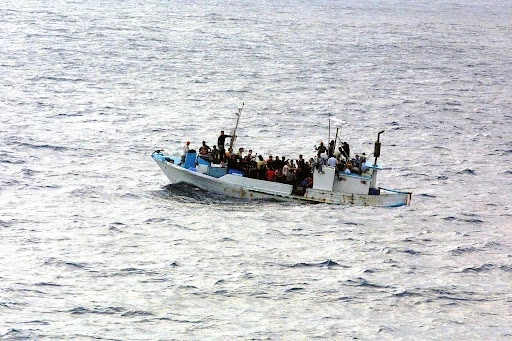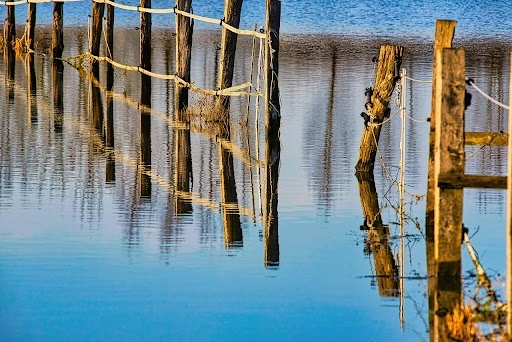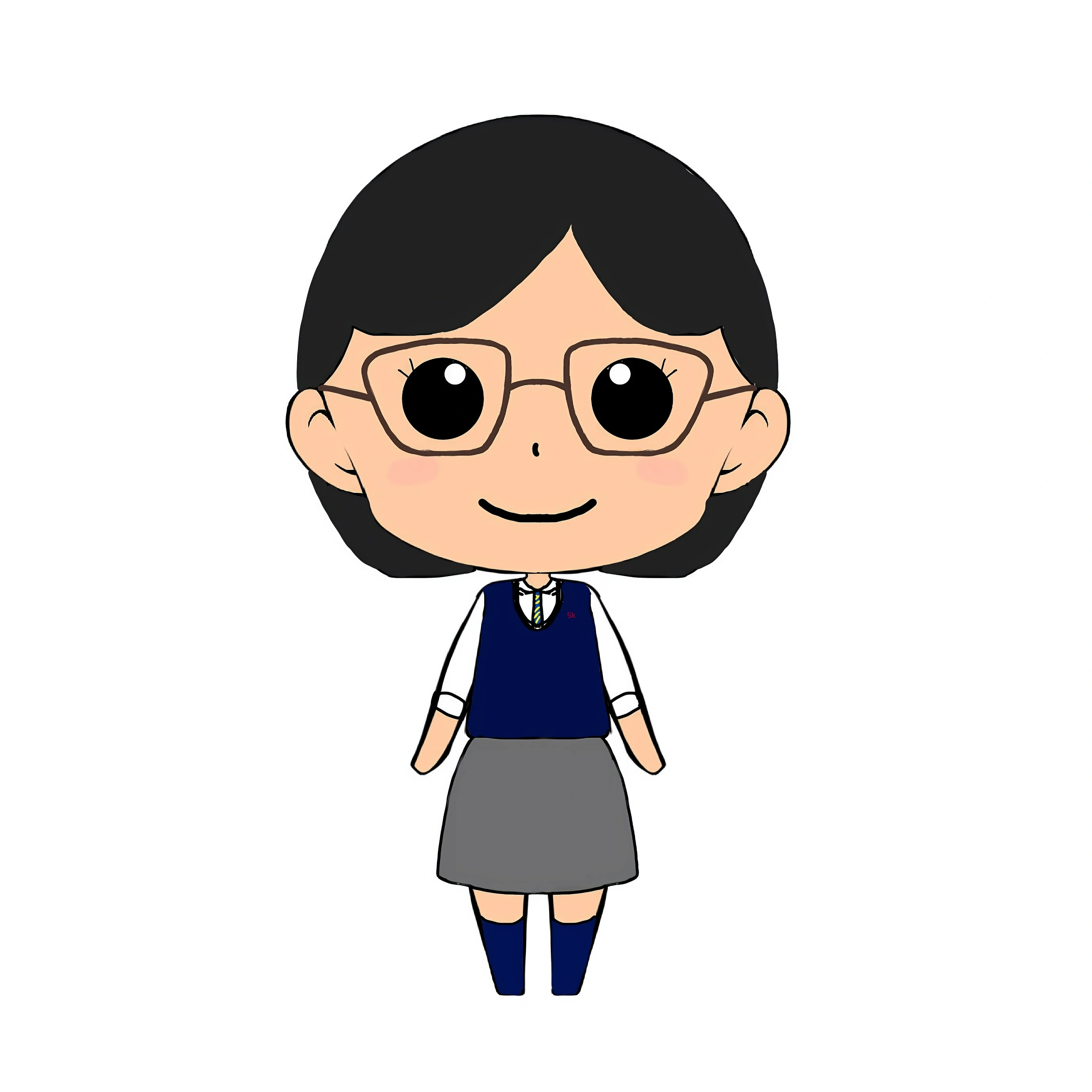1.Who are climate refugees?

Climate refugees are people who are displaced from their homes due to natural disasters, droughts, and other climate changes. It is also called as "The Forgotten Victims of Climate Change". Climate refugees are forced to move not only within their own countries but also across borders. Climate refugees are forced to move not only within their own countries but also across borders.

